The Limited Edition deluxe Seax of Beagnoth is a battle-ready weapon with intricate gold-inlaid runes; coupled with the wooden wall plaque it makes for a fetching showcase of this recreation of the famous 10th Century Thames Scramasax. It is part of a Limited Edition of 250 and is of the premium Primus line of Deepeeka. It comes with a numbered Certificate of Ownership.
The unsharpened blade of this War-Seax is forged from high carbon steel which has been heat-blued to give it a darkened finish akin to the deeply aged and patinated original. The blade is richly embellished with hand-inlaid 18k gold and silver design on one side, and 18k gold Futhorc Runes upon the other in design that replicates the original. The grip is of polished wood with hand-carved knotwork design and gold-inlaid facets. The tang is securely dual-riveted with the grip. This replica seax is not overbuilt or overly heavy; it actually weighs marginally less than the original historical seax.
The scabbard for this seax is crafted from quality leather with durable leather stitching. Two belt loops are stitched and riveted onto the scabbard and they are dignified with knotwork embossing and antiqued brass knotwork embellishments on both sides.
The wooden horizontal wall-mount display plaque is fitted with brass plates. It has two holes on the back for mounting and is backed with protective felt. Mounting hardware is not included.
The Seax of Beagnoth is over a thousand years old and is one of the most important Saxon artifacts in the world; for the blades runic inscription bears the only complete Anglo-Saxon runic alphabets. Translated, the runes bear the namesake of this Seax; Beagnoth. The meaning of the name is lost, though it can be reliably assumed to be the name of the owner, the smith, or the name of the Seax itself. Though many Viking and Saxon weapons bear Latin characters on the blades, or runes on the hilt, few bear many runes upon the blade itself.
Many sax were utilitarian in nature and intended for daily chores and self defense. A long, sword-like Seax was only intended for war and most would have been in the hands of kings and chieftains, noblemen and retainers – professional warriors all. Few weapons of the time would bear such a prestigious amount of inscription as seen on the Beagnoth seax – these runes would have been painstaking to produce and mark this weapon as a companion of a wealthy individual or lauded warrior. The cost would have been worth it to its bearer, for the Runes themselves were deep in meaning and mighty with magic.
With a thick spine and long, parallel edge, this war seax was a deadly cutting weapon; its sharply tapered tip ensured that it was a vicious piercing blade as well.
The Seax of Beagnoth now resides in the British Museum – it was originally found in the River Thames in 1857.



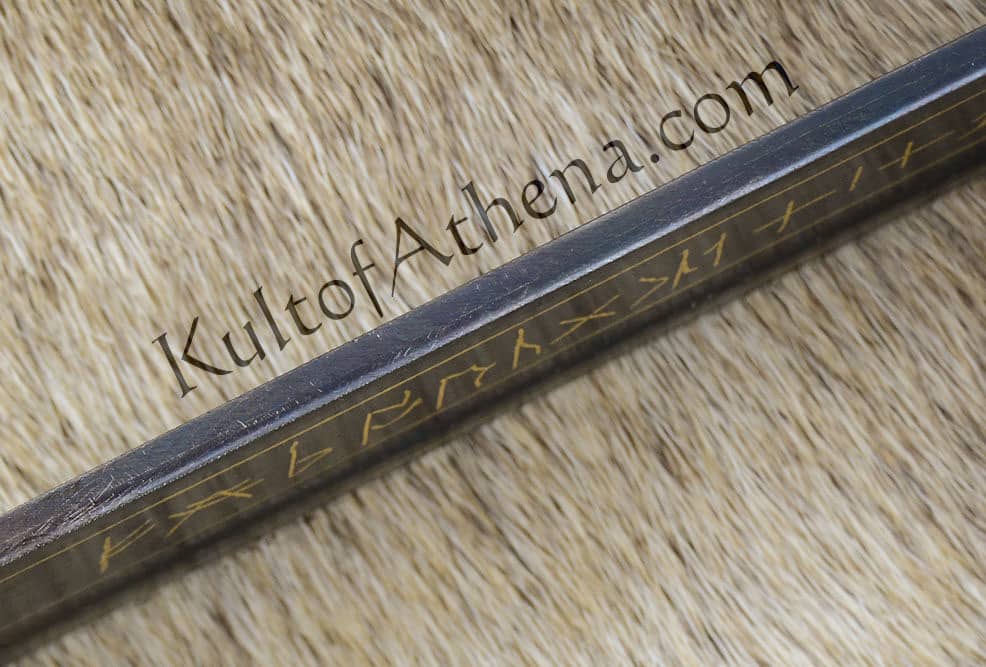



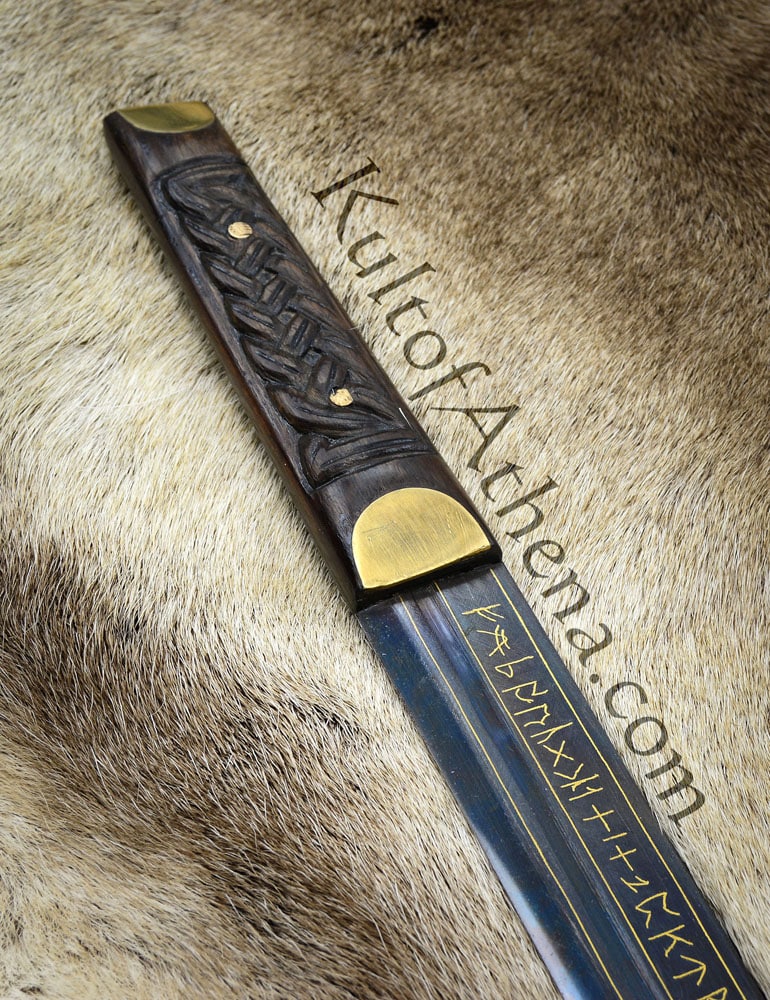

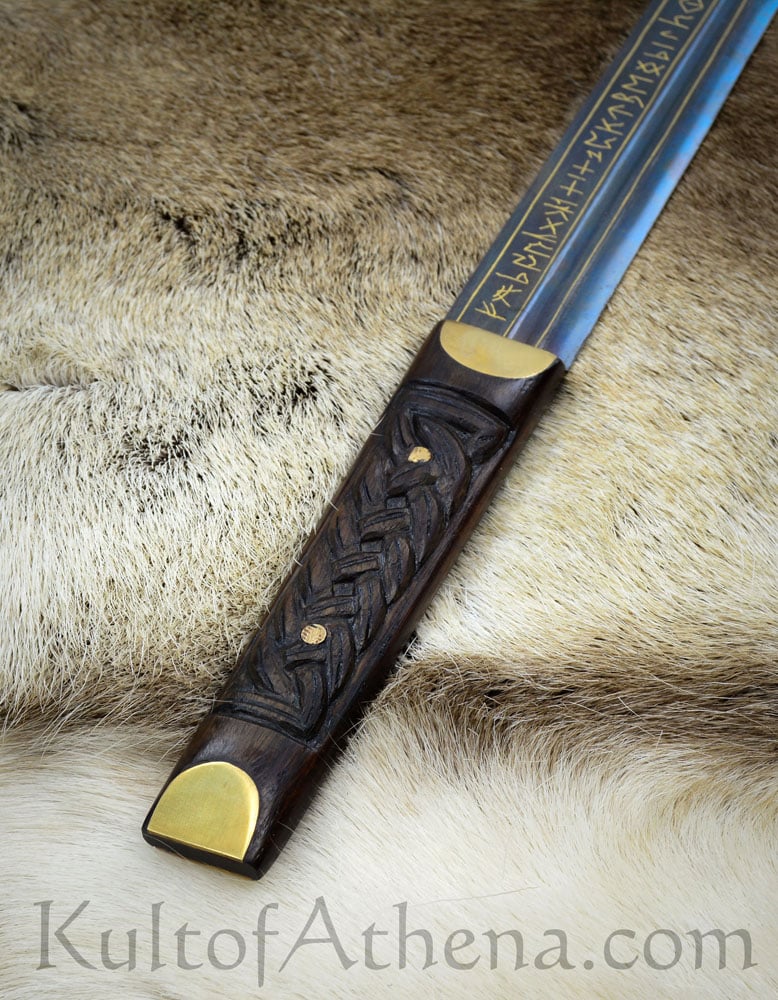








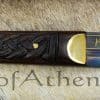





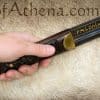
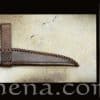

Reviews
There are no reviews yet.